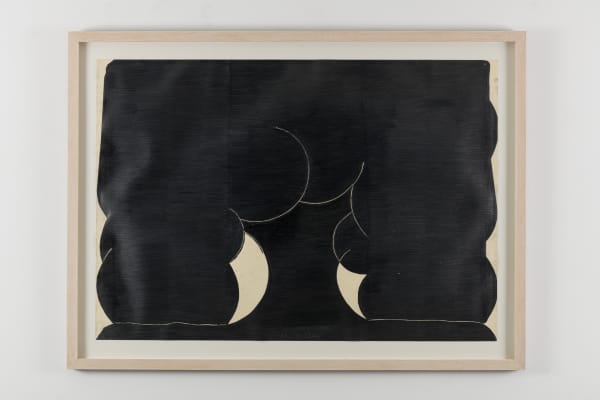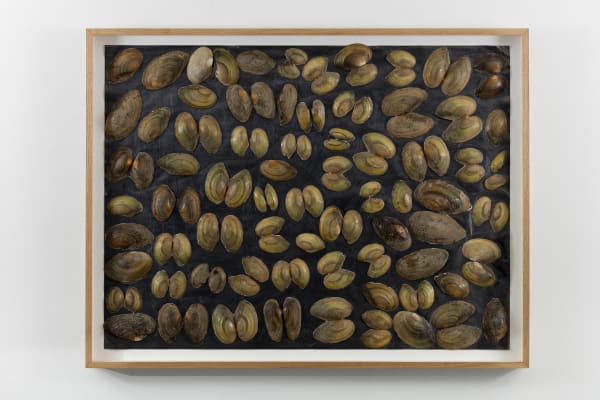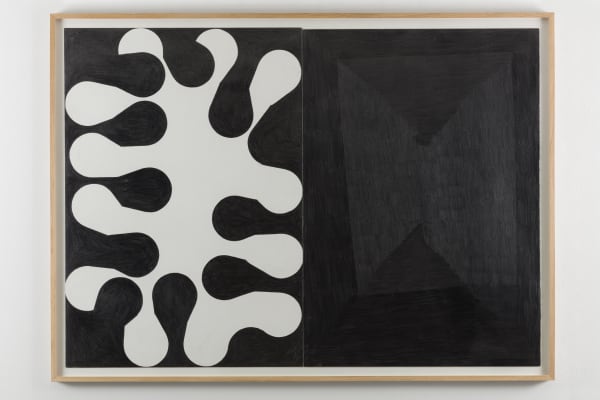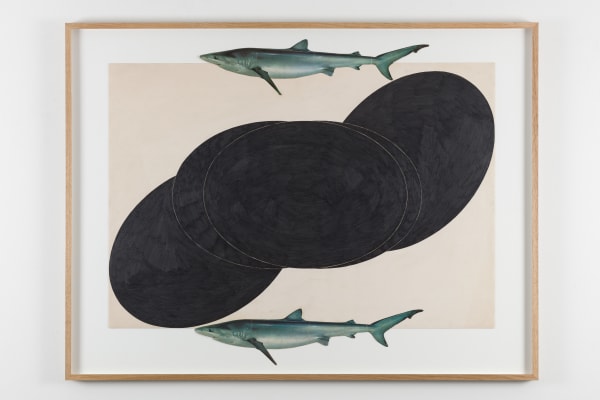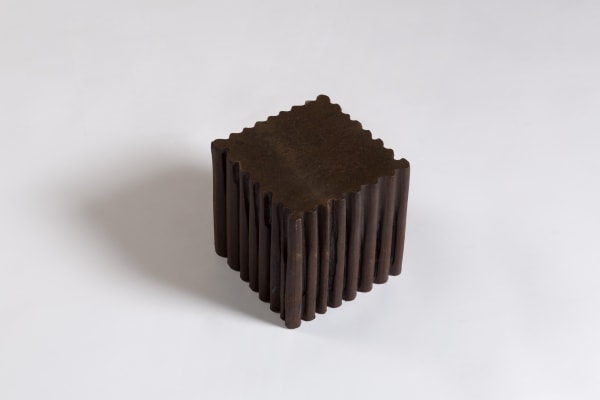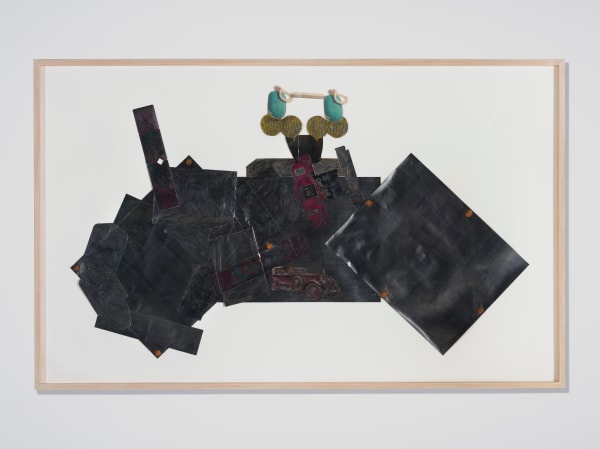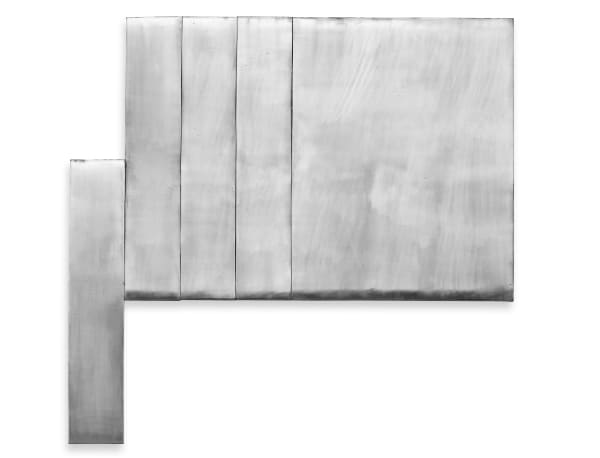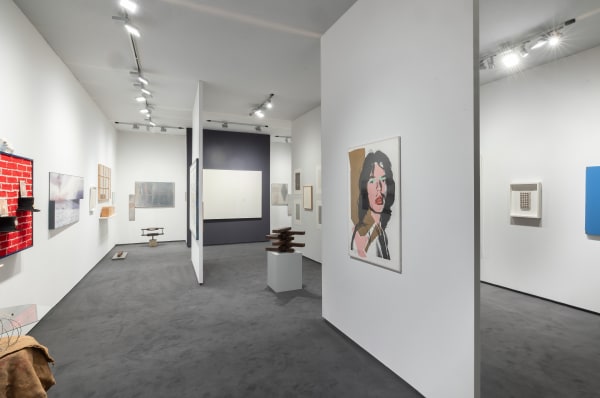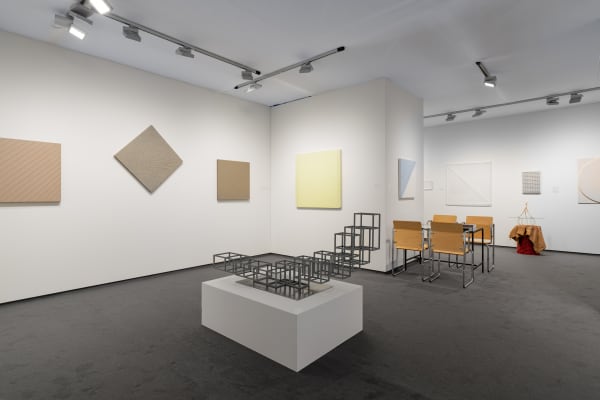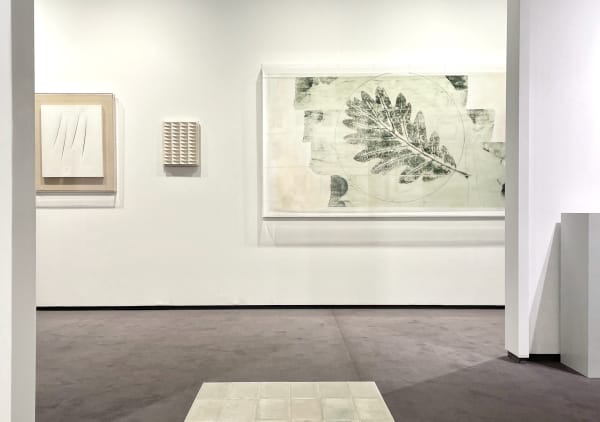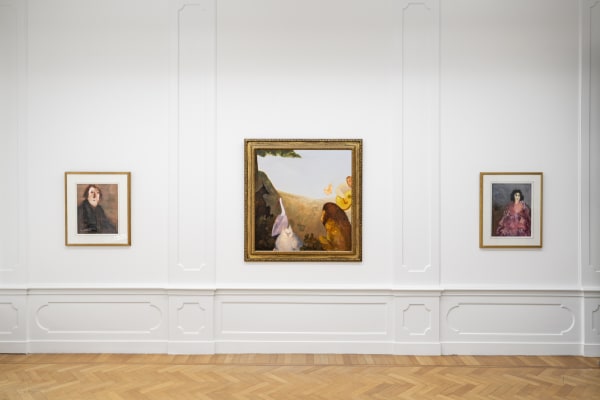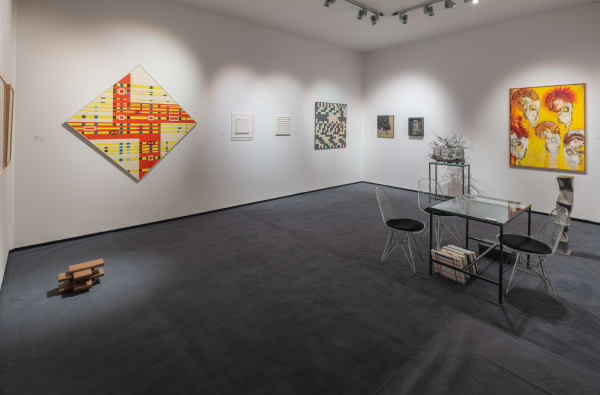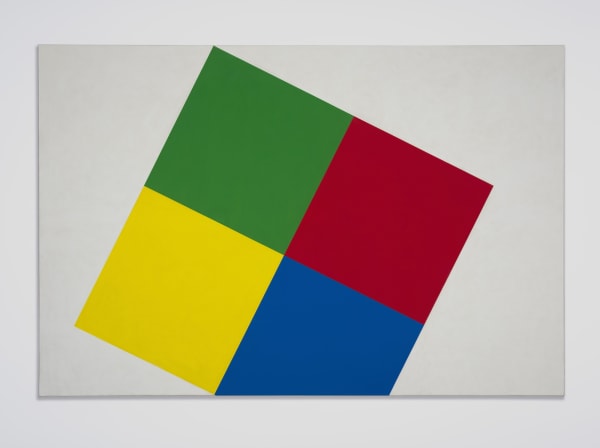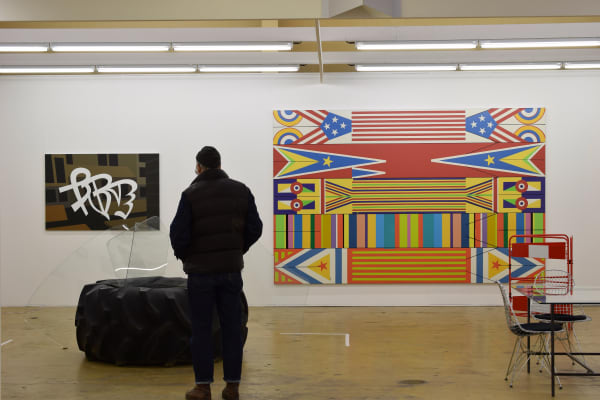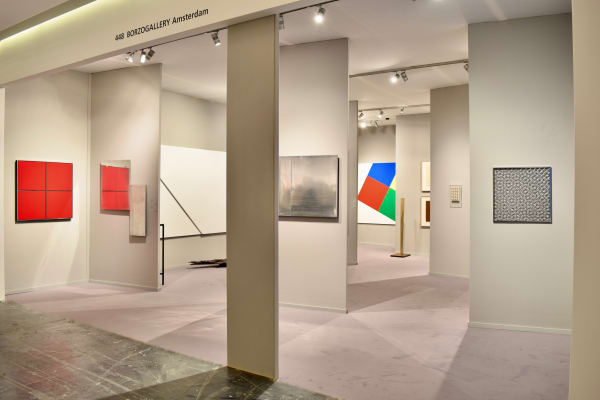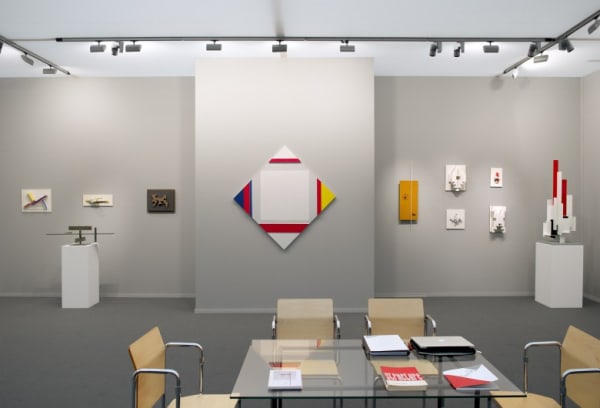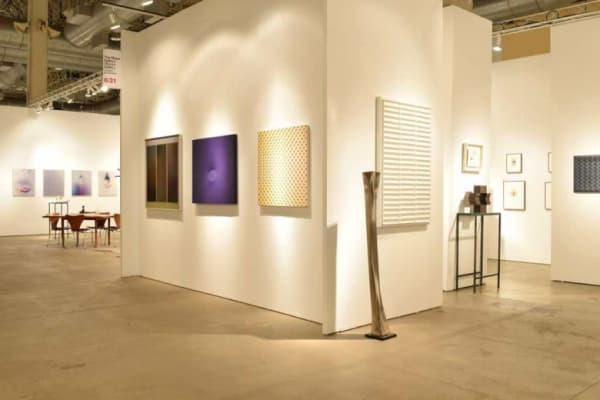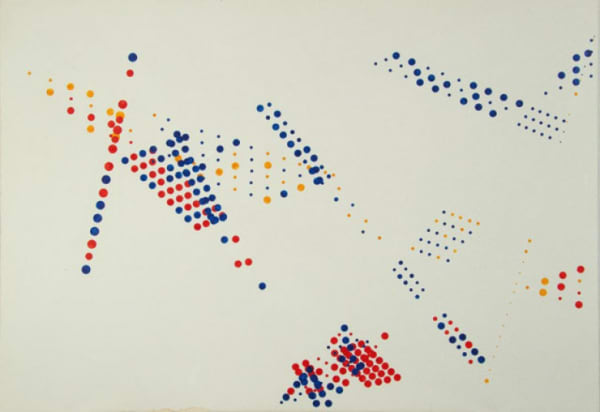Carel Visser Dutch, 1928-2015
Carel Visser is one of the Netherlands' principal post war sculptors. An unconventional sculptor, standing on the shoulders of his great predecessors Brancusi and Giacometti, Carel Visser was always engaged with forms and materials, all materials. He worked with steel and glass, eggs and feathers, wool and leather, up to and including car tyres.
In the nineteen-fifties and sixties Visser built on the principles of Mondrian's Neoplasticism using robust iron sculptures in geometric shapes. Carel Visser's abstract visual language was a novelty, especially in the post-war Netherlands, where sculpture was still dominated by the figuration of the conservative Rijksacademie.
Carel Visser's oeuvre spans an entire lifetime: the early years with mostly studies in a more or less figurative visual language, the nineteen-fifties and sixties with mainly abstract works of geometric shapes in iron, stacks of sheet metal and beams, studies of angles and reflections and of experimental wall sculptures in aluminium. The nineteen-seventies and eighties are characterized by a completely free visual language and in an extraordinarily varied use of materials, whereby Visser embraced every possible substance.
He remained active and creative well into old age, although he did increasingly swap the heavy iron for the equally expressive and three-dimensional collage in lighter-weight cardboard.
As the son of a civil engineer Carel Visser was familiar with architectural materials and techniques from an early age. He first studied architecture at the Technical University of Delft, but his interest in the subject soon waned. Nor did he complete an art teacher training at the Royal Academy of Arts in The Hague. With his younger brother Geertjan he travelled widely to France, Spain and Italy. These trips had a great influence on the evolution of his interest from architecture to sculpture. The acclaimed and influential exhibitions at the Stedelijk Museum under Sandberg are significant and prove formative for the young Visser. It was certainly true of the exhibition 13 Beeldhouwers uit Parijs (13 sculptors from Paris) in 1948, where he was first introduced to the work of Brancusi, Arp, Gonzalez and Giacometti, among others. With nature and figuration as a starting point Visser slowly but surely develops into a sculptor for whom abstraction and architecture will dominate his visual language. He is one of those modern sculptors for whom figuration is not the automatic outcome of the art of sculpture.
In the Netherlands his work was mainly represented by Nouvelles Images in The Hague and Art & Project in Amsterdam; chief international representation has been by Konrad Fischer in Düsseldorf and Galerie Durand-Dessert in Paris.
-

TEFAF Maastricht 2025
Stand 434 13 - 20 Mar 2025Ben Akkerman | Woody van Amen Jan Andriesse | Armando Carel Balth | Charlotte Caspers Ad Dekkers | Ger van Elk Hans van Hoek | Thomas Luther Tomas Rajlich |...Read more -

PAN Amsterdam 2024
Stand 36 23 Nov - 1 Dec 2024Akkerman's oeuvre developed cautiously and resolutely in equal measure. Even in his teens, he drew and painted farms, watermills and landscapes. In the early 1960s, his figuration was characterized by...Read more -

TEFAF Maastricht 2024
Stand 430 9 - 14 Mar 2024Ben Akkerman | Armando Constant | Ad Dekkers Daan van Golden | Jean Gorin Ewerdt Hilgemann | Hans van Hoek Tadaaki Kuwayama | Bart van der Leck Piero Manzoni |...Read more -

Recent acquisitions
20 Jan - 16 Feb 2024Borzo starts the new year with a group exhibition of recent acquisitions. In the front room a group of artists who have a relationship with each other both artistically and...Read more -

TEFAF Maastricht 2023
Stand 430 9 - 19 Mar 2023Carl Andre | Constant Ger van Elk | Lucio Fontana Jacoba van Heemskerck | Hans van Hoek Heringa/Van Kalsbeek Bart van der Leck | Guiseppe Penone Jan Schoonhoven | Carel...Read more -

Opening gallery season 22/23
2 Sep - 8 Oct 2022After the Corona years of cultural poverty, of temporary closures of museums, theaters and galleries, of cancellations and visitor restrictions, of do's and don'ts, it is a beneficial experience to...Read more -

TEFAF Maastricht 2022
Stand 449 25 - 30 Jun 2022After a long break, TEFAF Maastricht - and with it BorzoGallery - can meet the public in person again. We look forward to welcoming you to our stand, where we...Read more -

PAN Amsterdam 2021
Stand 38 14 - 21 Nov 2021BorzoGallery is pleased to participate in PAN Amsterdam 2021 with a presentation that gives special attention to Dutch sculptor Carel Visser, with works from every period of his oeuvre on...Read more -

Art Affair. The Summer edition
Stand 8 17 - 20 Jun 2021TWELVE DUTCH ART DEALERS ENTER INTO AN ART AFFAIR FOR THE SECOND TIME The small-scale art fair Art Affair will take place for the second time in the ballrooms of...Read more -

The DAAF 2021
ONLINE ONLY 9 - 11 Apr 2021From 9 to 11 April 2021, members of the Royal VHOK organize the online fair The DAAF | The Dutch Art & Antiques Fair. The first online art fair in...Read more -

The Drawing
1 Feb - 30 Apr 2021More than all other visual art forms, the drawing shows the most direct and most intimate insight into the soul of the artist. Drawing as a direct transfer from the...Read more -

Freedom of Form | Carel Visser, the later years
31 Oct - 29 Nov 2020The Collectie Nederland boasts two iconic paintings by two of the world's most renowned modern artists: Henri Matisse's colossal 1952 masterpiece The Parakeet and the Mermaid, which occupies an entire...Read more -

TEFAF Maastricht 2020
Stand 448 5 - 15 Mar 2020BorzoGallery is pleased to participate in TEFAF Maastricht in 2020. Just as in previous years, a striking stand is designed by the Amsterdam firm HOH Architecten . The larger of...Read more -

Art Rotterdam 2020
Stand 68 5 - 9 Feb 2020RONALD DE BLOEME | JURRIAAN MOLENAAR || MARINUS BOEZEM | CAREL VISSER STAND 68 This year at Art Rotterdam Ronald de Bloeme (*1971), living in Berlin and alumnus of the...Read more -

TEFAF Maastricht 2019
16 - 24 Mar 2019A participant from the very first beginning of TEFAF, BorzoGallery is pleased to announce its presence again in this famous Maastricht art fair. We are proud to present a coherent...Read more -

Frieze Masters 2018
5 - 8 Oct 2018BorzoGallery and The Mayor Gallery proudly present a solo exhibition of Carel Visser at Frieze Masters 2018. Carel Visser, Wall Pieces 1965-1968 | Text by Carel Blotkamp Exactly 50 years...Read more -

TEFAF Maastricht 2018
Stand 448 10 - 18 Mar 2018The BorzoGallery stand at TEFAF 2018 was designed by HOH Architecten from Amsterdam. This young architect team has created an exciting design in which the many sculptures that BorzoGallery shows...Read more -

Fall Exhibition
"Just for a few weeks" 21 Oct - 11 Nov 2017With works by: Jan Commandeur, Constant, Ger van Elk, Jan Henderikse, Jeroen Henneman, Carlijn Mens, Vincent Mentzel, Piet Moget, Gordon Newton, Jan Schoonhoven, Peter Struycken, JCJ Vanderheyden, Carel Visser, Koen...Read more -

Frieze Masters 2017
5 - 8 Oct 2017The Mayor Gallery and BorzoGallery are proud to present the upcoming show: De Stijl reSTRUCTUREd At Frieze Masters, Regent's Park, London Opening (by invitation only) - Wednesday 4 October 5-8...Read more -

EXPO Chicago 2016
21 - 25 Sep 2016BorzoGallery & The Mayor Gallery are pleased to participate in EXPO Chicago 2016 with works by Anne Appleby, Bram Bogart, Ger van Elk, Jan Schoonhoven and herman de vries.Read more -

Carel Visser | Counterbalance
2 - 30 May 2015On Sunday morning, March 1st, Harm Visser calls with the sad news that his father has died in the night. Harm asks us to announce the news. The telephone never...Read more -

after zero
12 Nov - 3 Dec 2011In the Dutch art history of the second half of the 20th century, some movements can actually be measured by international standards. They are characterized by innovation, cooperation and group...Read more
-
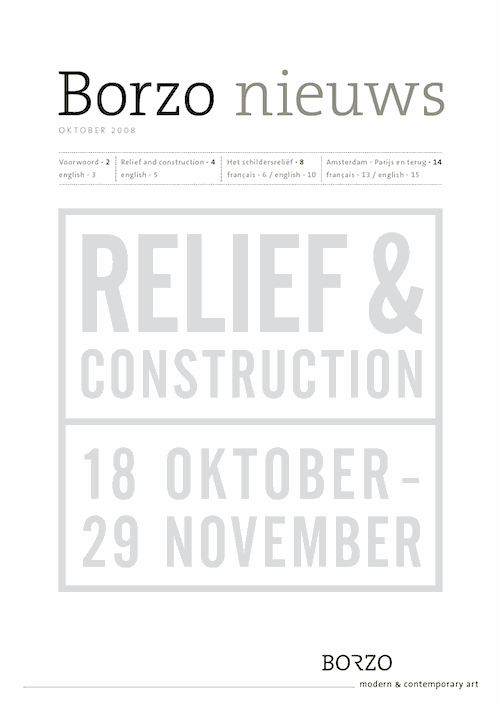
BorzoNews #07
Relief & Construction Paul van Rosmalen Read more -
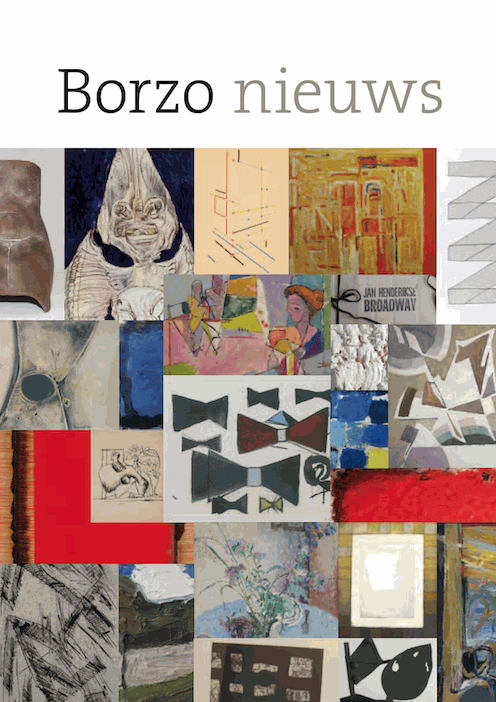
BorzoNews #13
Accrochage l Great Art, Fair Value. Paul van Rosmalen Read more -
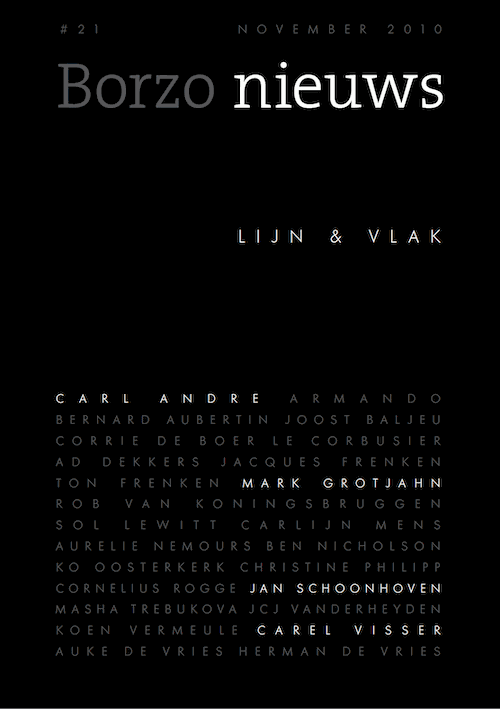
BorzoNews #21
Line & Surface Paul van Rosmalen Read more -
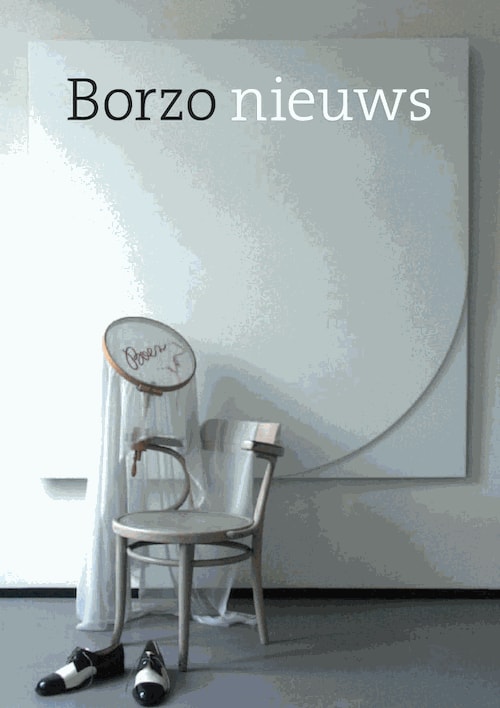
BorzoNews #25
After Zero Paul van Rosmalen Read more -
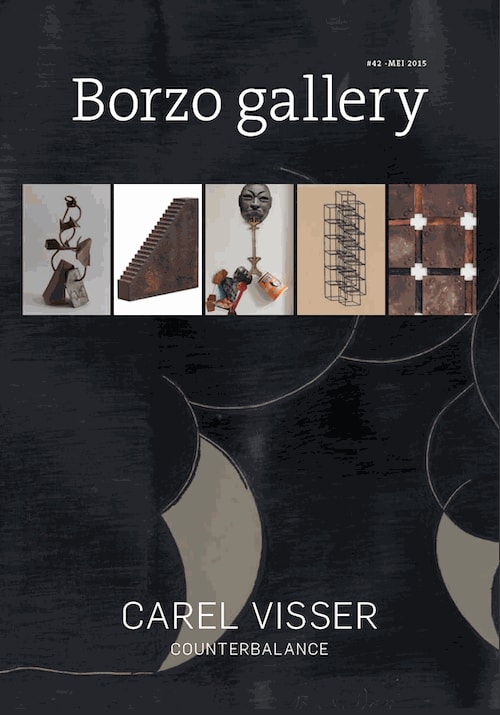
BorzoNews #42
Carel Visser l Counterbalance Paul van Rosmalen Read more -
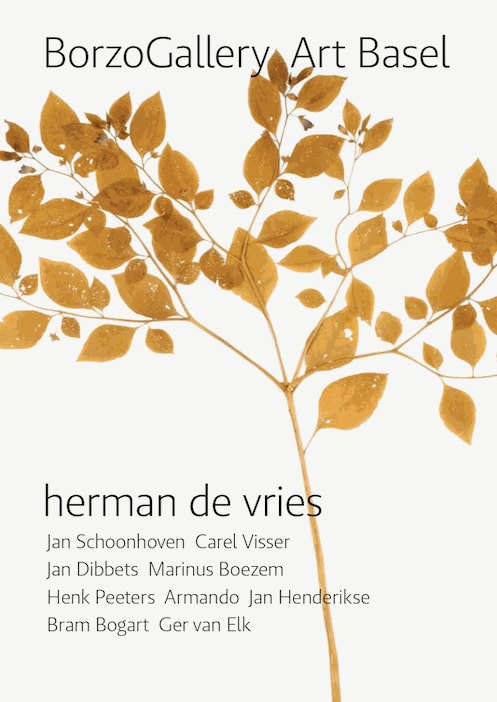
BorzoNews #49
herman de vries ea l Art Basel 2016 Paul van Rosmalen Read more -
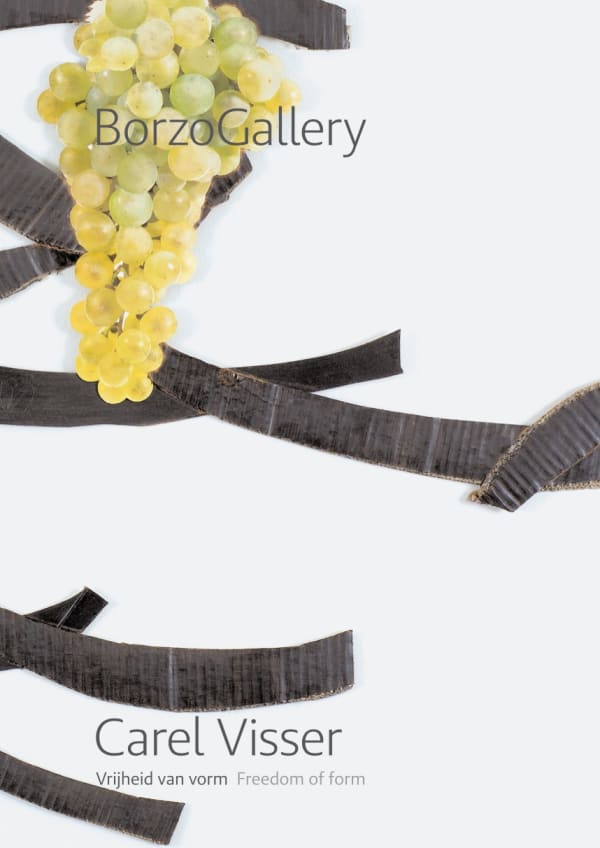
BorzoNews #70
Carel Visser l Freedom of Form Paul van Rosmalen Read more
-

Carel Visser in the gardens of the Rijksmuseum
September 5, 2024This week, two of Carel Visser's most monumental sculptures were given their final destination in the garden of the Rijksmuseum. Signaal 1 and Signaal 2...Read more -

De galerie van... Paul van Rosmalen in conversation with Gallery Viewer (in Dutch)
December 24, 2021In de rubriek 'De galerie van' laat Gallery Viewer een keur aan galeriehouders uit Nederland en België aan het woord: hoe (en wanneer) zijn ze...Read more


